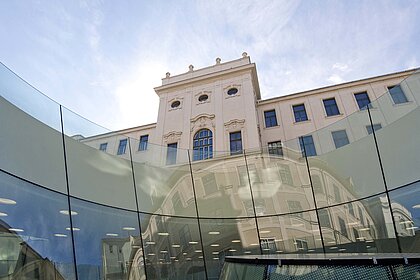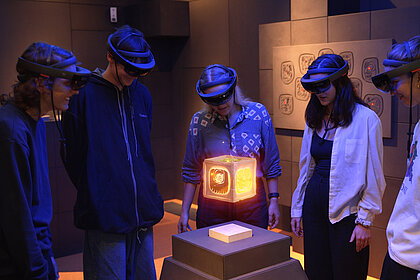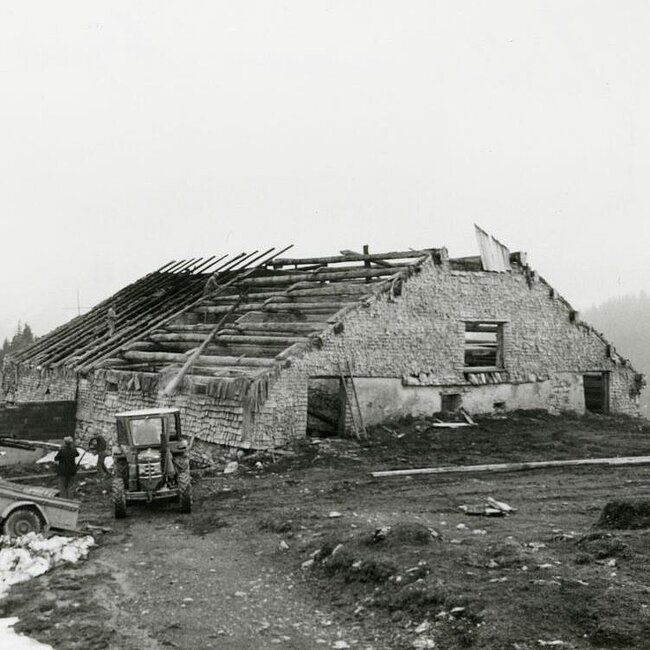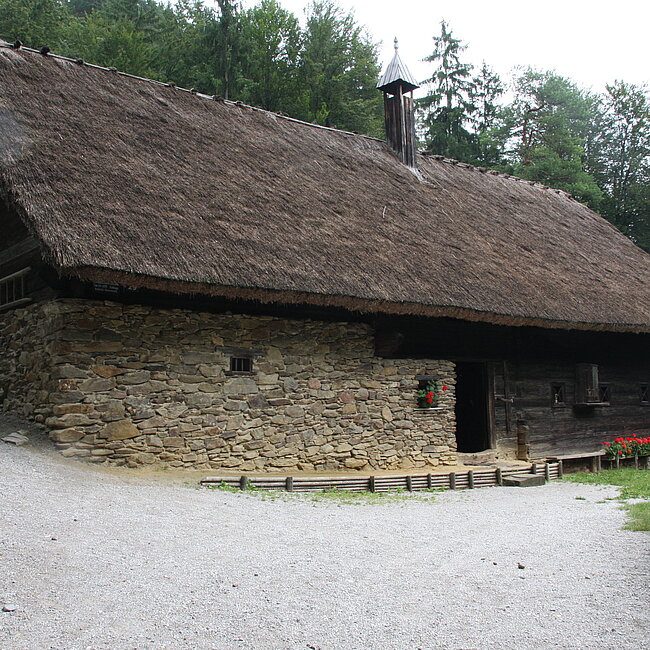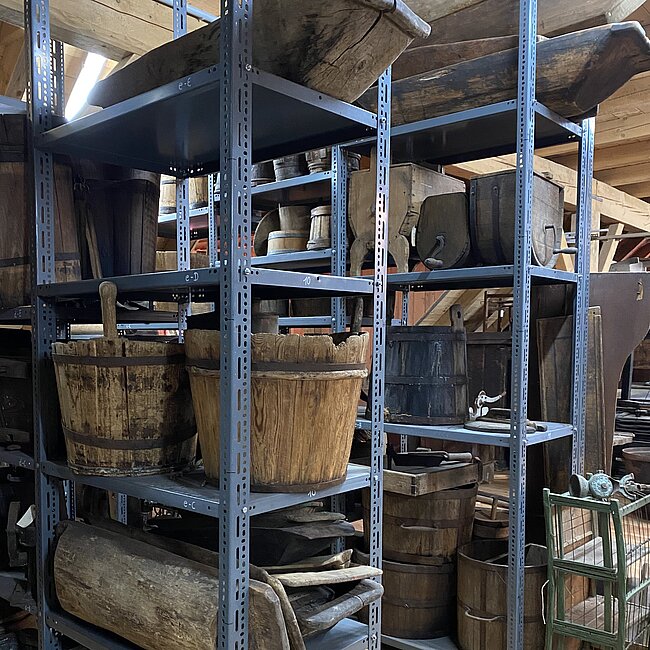Translocation is a method of relocating buildings. By means of translocation, historical buildings that have lost their function at their original location find their way to us in the Austrian Open Air Museum.
The building is first recorded in drawings and photographs. Each individual building element is then labelled. Only then can the respective building be carefully dismantled. Before being rebuilt in the museum grounds, damaged parts must be restored or replaced with good old wood. Woodworm, dry rot and other pests are to be destroyed through conservation measures.
After reconstruction, the building will be fully functional with all the necessary household goods and tools. The preservation or restoration of the fireplaces such as cookers and ovens is particularly important for the representation of the former way of living and working. This completes the relocation.








